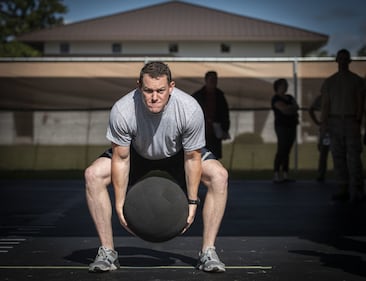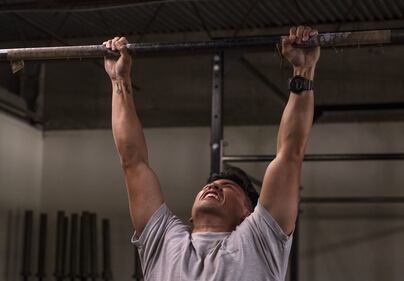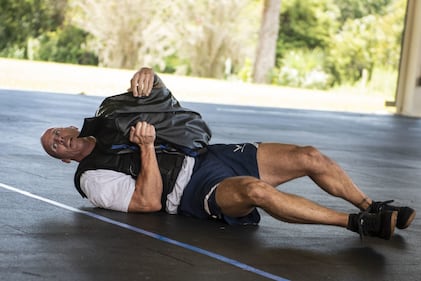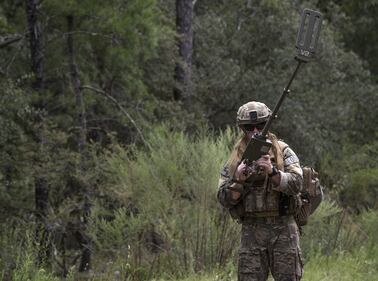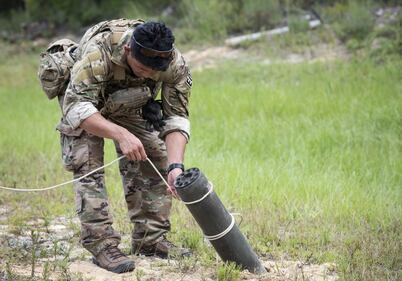Some explosive ordnance disposal technicians earlier this month got a first taste of what could be their new physical fitness test — including a “brutal” new exercise designed to push them to their limits.
The new program being tested for EOD techs represents the Air Force’s latest effort to roll out so-called “Tier 2” physical fitness standards, or gender-neutral, career-field-specific standards, to evaluate how well airmen can perform the physical tasks required for their jobs. In January, the Air Force unveiled PT standards for tactical air control party airmen and their officer equivalents, air liaison officers.
EOD techs from seven bases gathered at Eglin Air Force Base, Florida, Sept. 10-12, to beta test a prototype of their career field’s new standards, according to a Sept. 21 release from the Air Force.
“This will be the new standard for anyone who wants to be an EOD operator, regardless of age and gender,” said Capt. Cory McCart, EOD flight commander for the 96th Civil Engineer Group at Eglin, which hosted the Tier 2 beta test.
The purpose of these job-specific standards is to come up with a universal way to evaluate how well TACP, EOD, or other airmen in physically active career fields can perform the physical tasks required for their jobs. The standards are the same for men and women of any age in the same career fields, and the exercises were designed to emulate the physical requirements of certain aspects of their jobs.
For example, said Neal Baumgartner, the chief of the Air Force’s exercise science unit who led the design of Tier 2 standards, the suits EOD techs wear range from 77 to 82 pounds. So as part of the “Gruseter” — a grueling new combination of exercises that was designed for the EOD Tier 2 standards — airmen wear 30-pound vests and at times carry a 50-pound sandbag, for a total of 80 pounds of added weight.
Image 0 of 10
The Gruseter works like this, Baumgartner said Wednesday: EOD techs, wearing the vest, first drop to the ground and roll over with the 50-pound sandbag. They stand up with the bag, run 15 meters while carrying it, and then do it again to return to the starting point.
The techs then repeat those exercises, except they run without the bag for the third and fourth 15-meter sprints. The entire cycle is repeated until the techs have done 20 total rounds of the Gruseter, Baumgartner said.
“The Gruseter was brutal,” said Tech. Sgt. Cole Carroll-Grandegenett, an EOD tech from the 52nd Civil Engineer Squadron at Ramstein, in the news release. The Air Force, found that airmen who did well on the Gruseter also were able to perform EOD activities very well, he said. “They can conserve their energy longer, and have the endurance to keep pushing.”
Baumgartner said the exercise was named after recently retired Master Sgt. Matthew Gruse, who helped design the test — though he did note its similarity to “gruesome” and “grueling.”
RELATED
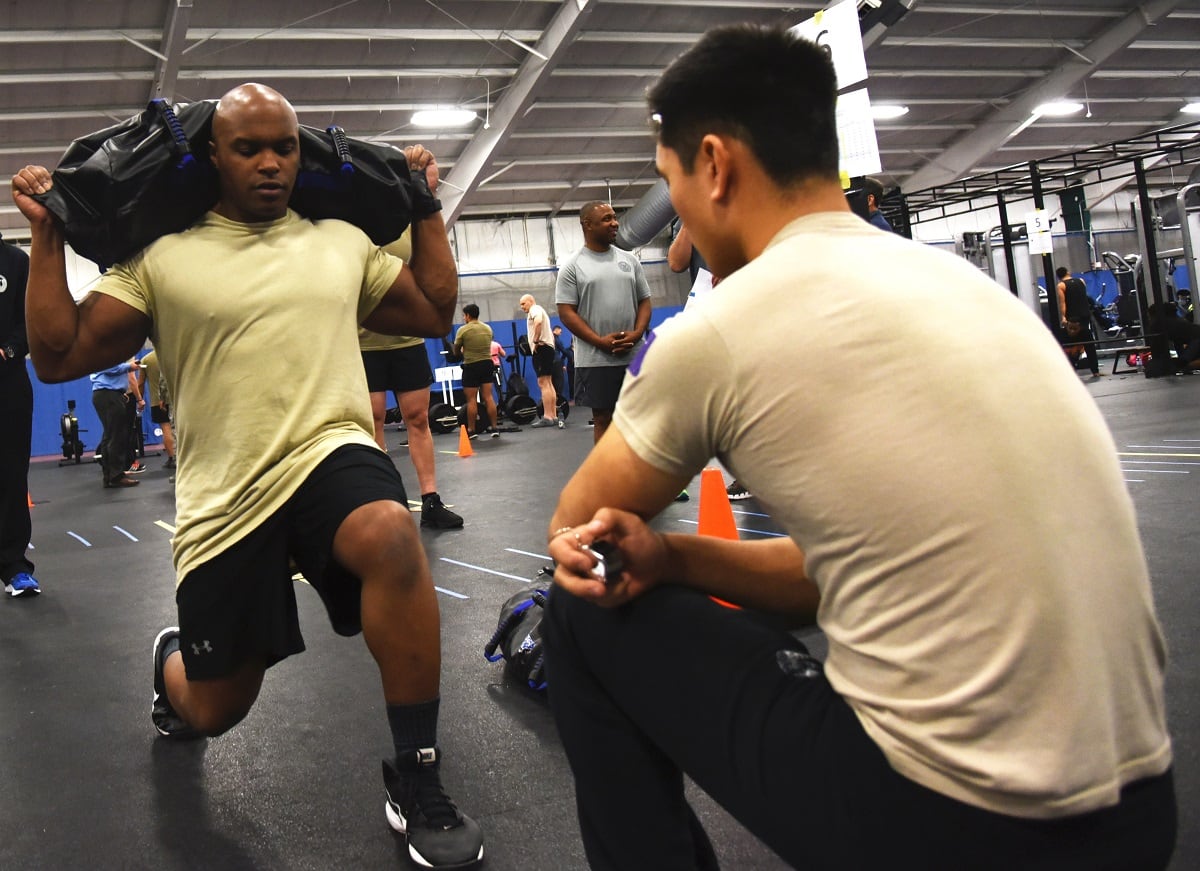
The test also includes a 1.5-mile run; a 1,000-meter row; a 20-pound medicine ball toss, both overhead and to the side; a grip strength test; a trap bar deadlift for five repetitions; a 3-inch, 61-pound square bar static hold; pull-ups; cross-knee crunches performed to a metronome set to 56 beats per minute; and a farmer’s carry with two 50-pound sandbags, one in each hand, for 100 meters.
Part of this test at Eglin was to set a baseline for fitness and strength for EOD techs performing these exercises, the release said.
After the airmen conducted their Tier 2 test for the first time, they ruck marched for an hour to the EOD training complex for a 30-hour overnight operational phase. During that portion of the test, they ran through their primary EOD missions, including clearing ranges and airfields, chemical operations, and dealing with improvised explosive scenarios similar to those found in Afghanistan.
Once that was done, the airmen took the PT test for a second time.
Chief Master Sgt. Alex Morgan, superintendent of the 96th CEG, said in the release that the exercise science unit will use the results of those tests to fine-tune performance standards “based on actual mission and environmental impacts.”
Stephen Losey is the air warfare reporter for Defense News. He previously covered leadership and personnel issues at Air Force Times, and the Pentagon, special operations and air warfare at Military.com. He has traveled to the Middle East to cover U.S. Air Force operations.

